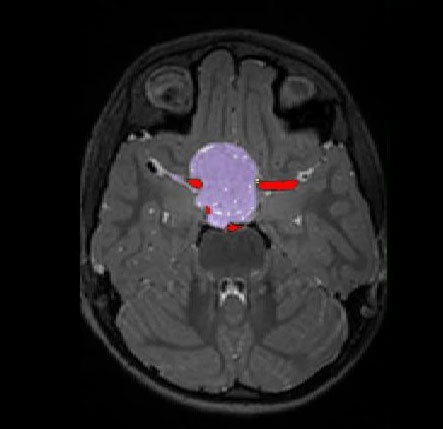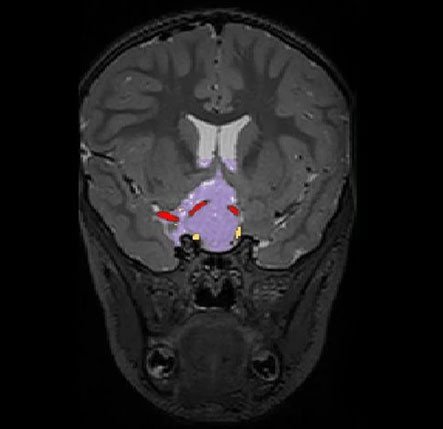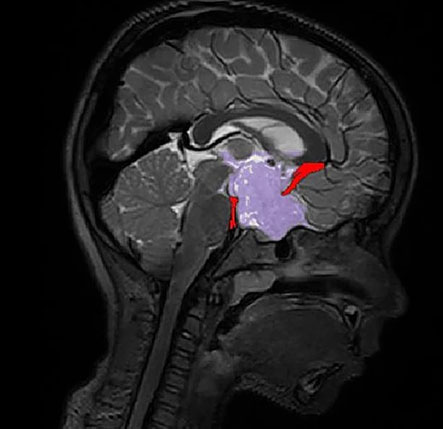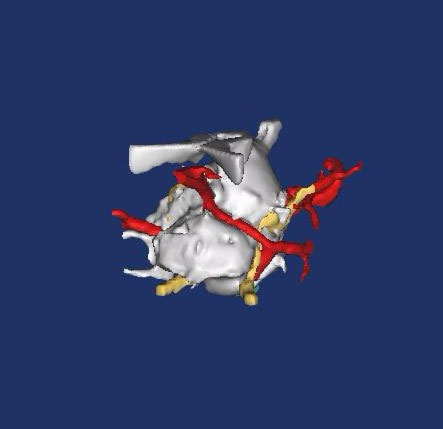3D Printing, or Additive Manufacturing, is a process in which a three-dimensional object is created by laying down successive layers of material, all of which are thinly sliced sections of the proposed object. This proposed object is designed on the computer using appropriate Computer Aided Designing software and made suitable to the 3D Printing requirements.




Each anatomical replica is designed on an FDA approved software, developed by a 25-year-old pioneer organization in the additive manufacturing industry. This increases our product reliability and ensures accuracies in every product. It also aids us in strategizing product development and innovation.
Product design for customized prosthetics and orthotics is highly accelerated when we have a 3D Scan of the patient’s region of interest. With this is mind, we make use of the highest quality 3D Scanners that give us detailed information of the structure, ensuring appropriately tailored products.
Type of the model differs from case to case. In order to meet these tailored patient-specific requirements of color coding, resolutions, accuracies, precisions, tensile strengths, costs , materials, etc. we have an array of printing technologies including-
Material: Full Colour Sandstone
It’s a ‘one of a kind’ technology, harboring a good resolution, full-colour 3D printer. The product resembles the in-vivo bone density. Hence, it provides the feel of a bone whilst practicing on it, during cutting and drilling. This technique is great for visualization of soft tissue models, with colored annotations being an added advantage.
PolyJet is a powerful 3D printing technology that produces smooth, accurate parts, prototypes and tooling. With microscopic layer resolution and accuracy down to 0.1 mm, it can produce thin walls and complex geometries using the widest range of materials available with any technology.
Material: Nylon-based powder (PolyAmide2200)
It is a high-resolution technique printing in a biocompatible plastic. It is used to print anatomical structures, surgical guides and orthotic splints which are needed to be in contact with the body. This biocompatible and autoclavable material is used to prevent any adverse side – effects.
Materials: PLA (Poly Lactic Acid) plastic
FilaFlex plastic
PA-747 ABS (Acrylonitrile Butadiene Styrene) plastic
It is majorly used for less intricate anatomies. It is a cost-effective solution for making prosthetic hands with biocompatible material enabling us to provide good, functional prosthetics at a cheaper cost. Flexible material options help to extend this technology’s use to multiple applications.
Material: Titanium
Titanium impregnated implants have proved to be boon for several invalids and are used extensively in orthopedic surgeries. This metal printer can print in titanium with high precision and surpasses the limitations of traditional manufacturing techniques.